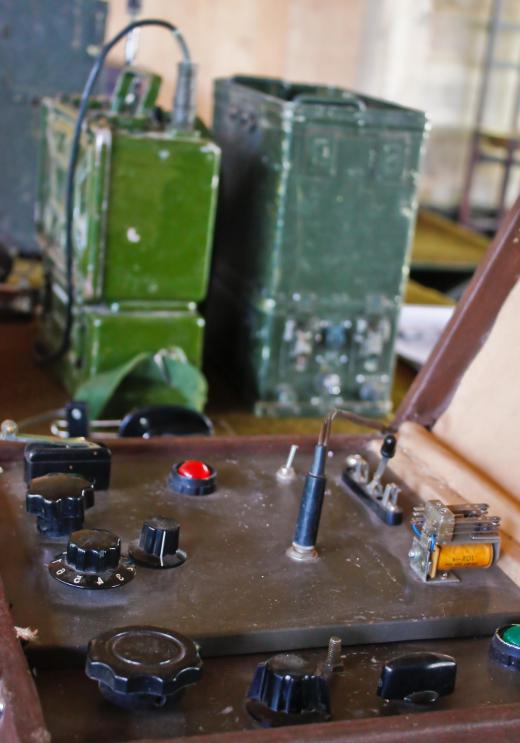What is a Transverter?
 Malcolm Tatum
Malcolm Tatum
The transverter is a device that provides dual functionality when it comes to the processing of radio frequencies. Essentially, the transverter combines the functions of an upconverter and a downconverter into one simple unit. Transverters work hand in hand with transceivers to manage the range of transmission and reception frequencies that are used for communication purposes.
One of the most common applications of the transverter is with the amateur radio. The introduction of the transverter will allow the radio to broaden its range beyond the HF and VHF ranges that the devices are normally manufactured to receive. The addition of the transverter into the workings of the amateur radio allow the device to also receive what is known as an intermediate frequency, which is considered to be a broader range than is encompassed by HF and VHF bands. In some cases, the transverter may be equipped to include automatic switching that allows for easy transmission and reception, although it is more common for this type of switching to require manual intervention. Actually, this type of manual switching may sometimes be preferable, such as when amplifiers are being used during the operation.

The transverter is usually installed the radio tower, or other structure that is used as the support mechanism for the antenna that is connected to the radio. Choosing to install the transverter as close to the antenna as possible serves a very basic purpose. If the transverter is in close proximity to the antenna, this will help to reduce the amount of signal loss that might be experienced in the transmission line.

Another common use of the transverter is to create situations in which the transceiver frequency is higher than that of the transverter frequency. This allows for maximum efficiency in using the low frequency bands that are employed by amateur radio enthusiasts. In several locations around the world, experimental stations using amateur radio for their broadcasts utilize the same approach. A transverter may also be an excellent addition to amateur radio equipment for use in remote areas where point to point communications by other means is either difficult or not practical.
AS FEATURED ON:
AS FEATURED ON:












Discuss this Article
Post your comments